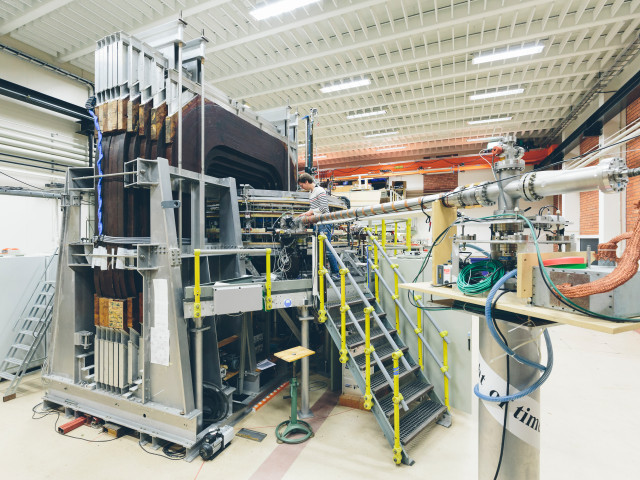Basic differential geometry: Local coordinates on manifolds. Covariant and contravariant vector and tensor fields. (Pseudo-) Riemann metric. Covariant differentiation (Christoffel symbols, Levi-Civita connection). Parallel transport. Curved spaces. Lie derivatives and Killing vector fields.
General theory of relativity: Basic concepts in general relativity. Schwarzschild spacetime. Einstein's field equations. The energy-momentum tensor. Weak field limit. Experimental tests of general relativity. Gravitational lensing. Gravitational waves. Introductory cosmology (including the Friedmann–Lemaître–Robertson–Walker metric), including inflation and dark energy.
